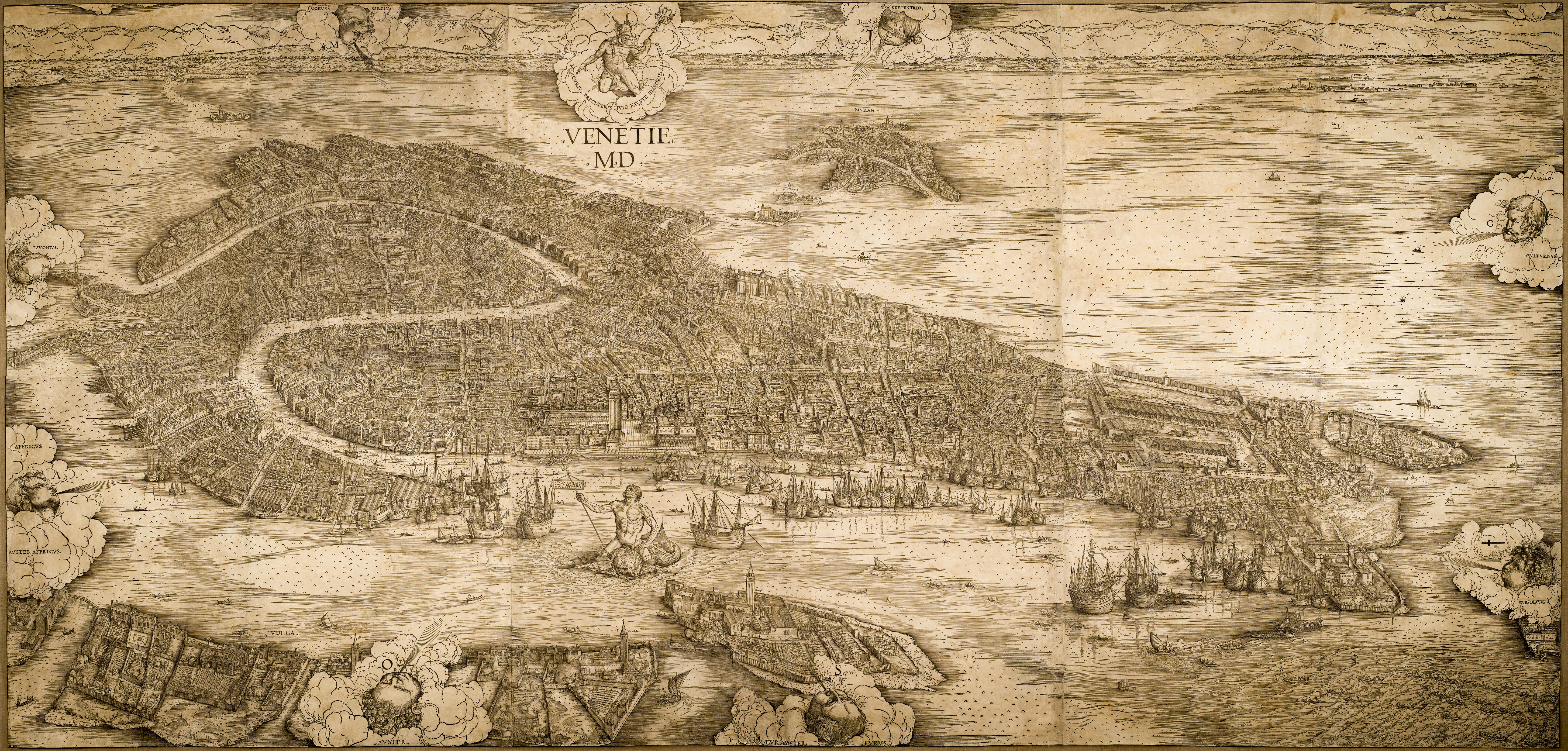Writer * Worldbuilder * Life Coach

World Maps and Imagination
Human beings have always been storytellers, and one tool that has helped make storytelling more visual is the map. Sure, maps have been tools for travel and situational awareness, but even in these circumstances, maps help create a visual representation of a journey being taken, a story in progress, so to speak.
In graduate school, I was lucky enough to be able to study maps and the history of cartography (the science, art, and creation of maps). I frequently looked at historical maps through the lens of a storyteller, especially when I continued to read the frequently found phrase at the edge of ancient maps: “Hier be monsters” or in one case, “Hic sunt dracones“ (Here be dragons). Mapmakers used to write this on maps to show the limits of our geographical knowledge. Their maps had reached the edge of the known world, and no one knew what lay beyond!
THIS edge of reality and our curiosity about what awaits beyond is one of the most profound sources of imagination in fantastic/speculative storytelling. In fact, the edge of reality, as it expanded on maps from antiquity to the renaissance and beyond can really be tracked through popular literature. In ancient times, when the Mediterranean was the center of the universe, guess where popular literature focused? The edges of the Mediterranean Sea (see The Odyssey).
The best maps have also allowed audiences to shift entire perspectives. One of my favorite stories about profound maps is Jacopo’s Venice. Not much is known about this Renaissance dude, but around 1500, Jacopo de’ Barbari spent three years creating something amazing. He carved into six panels of wood a massive and accurate map of the entire city of Venice. This sort of feat of thoroughness and accuracy would have been impressive by itself, but this mothertrucker actually crafted everything from the lofty perspective of a bird.
Cool idea, I know, but it was also groundbreaking. No one had ever seen a city from that height before. Hot air balloons weren’t invented for another 300 years, and the Wright brothers didn’t discover flight until more than a hundred years after that. So how had this guy even considered what this might look like? The truth is, no one really knows. Many historians think that our clever buddy Jacopo just climbed lots of towers and assembled it that way. But even that couldn’t have gotten the full picture.
Can you imagine though how, say a 12 year old kid seeing this map for the first time, and imagining the world from a different perspective might totally shift her or his imagination? What a boon for storytellers!
All in all, maps are an important part of worldbuilding and storytelling and can make a huge impact on a writer’s ability to fully create a whole world. Classic maps from classic tales, such as Lloyd Alexander’s Prydain Chronicles or J.R.R. Tolkien’s Middle Earth, have allowed people to dwell in fantasy worlds long after the written tales have ended. In fact, Tolkien’s Middle Earth may have inspired many of today’s fantasy writers to dwell and create themselves.
Make the world better.
Copyright © 2025 · All Rights Reserved · Brian Roffino
Theme: Natural Lite by Organic Themes · RSS Feed